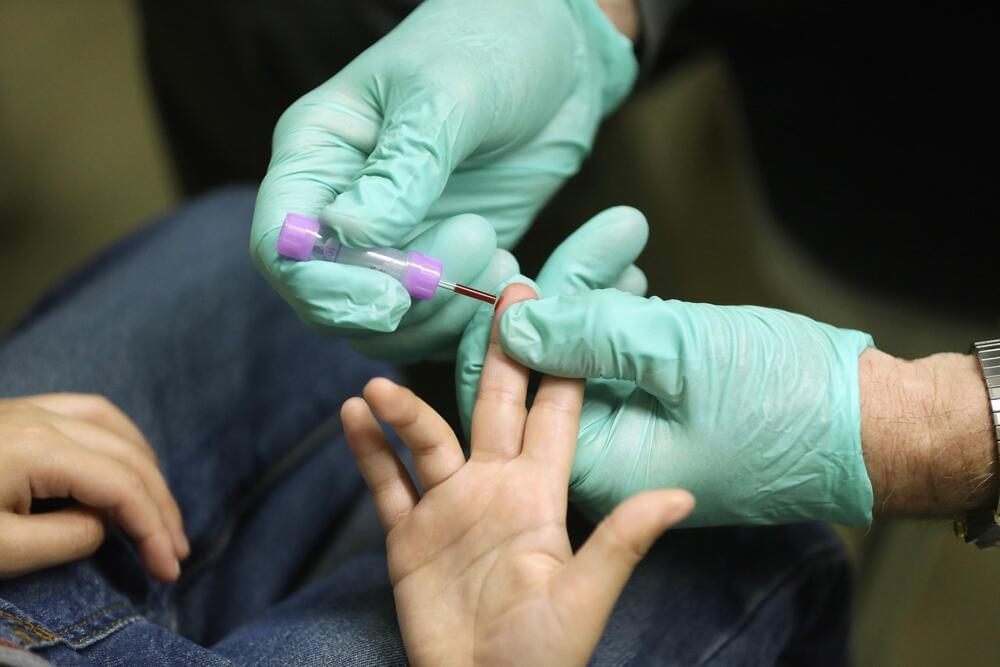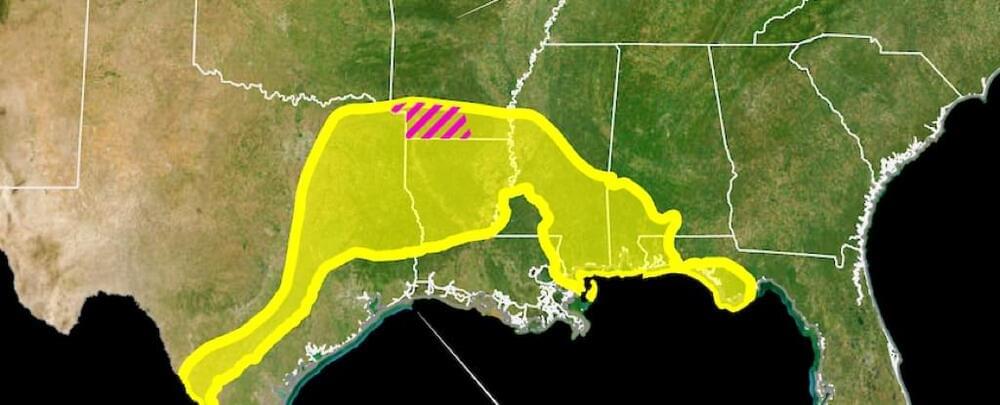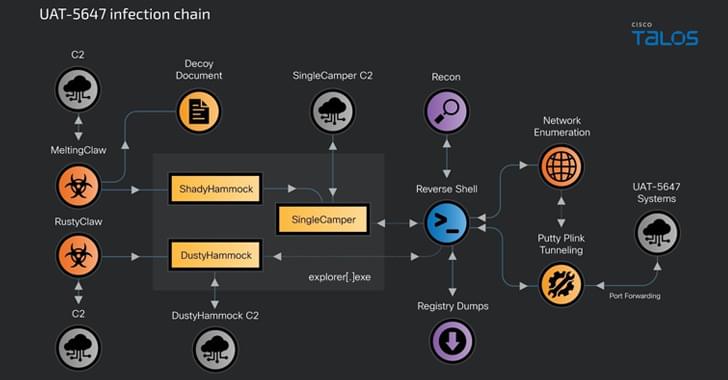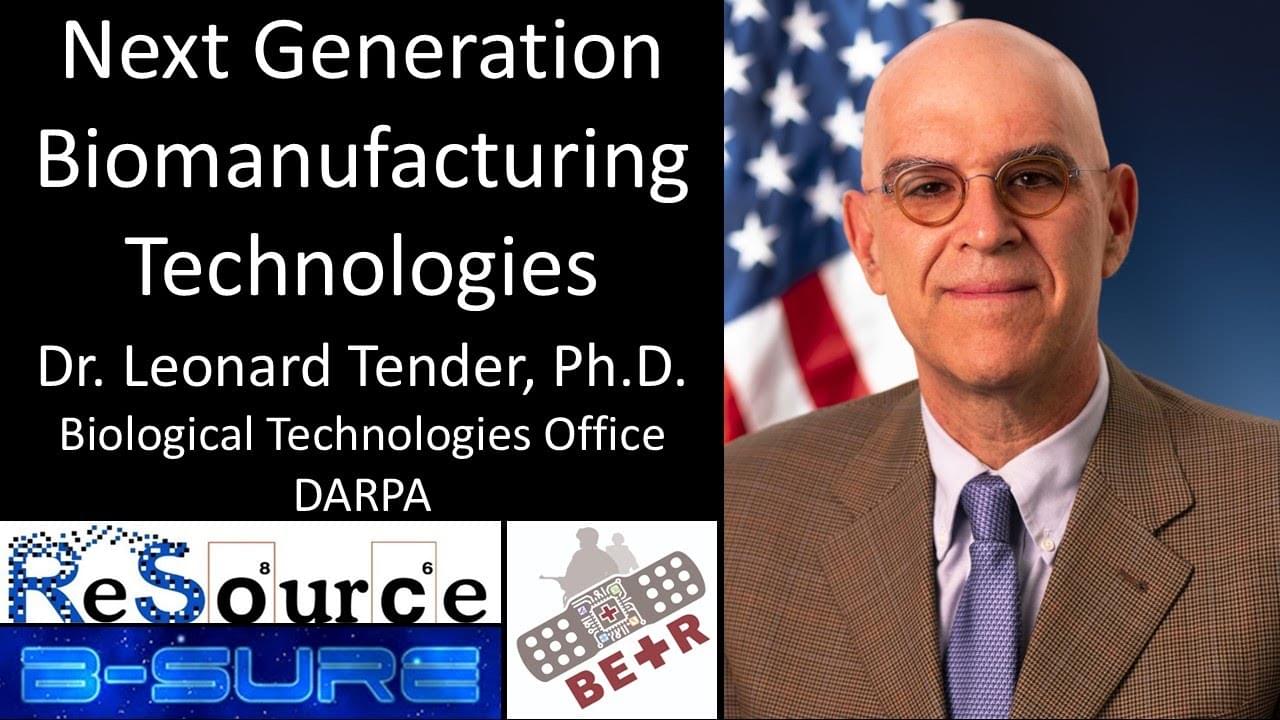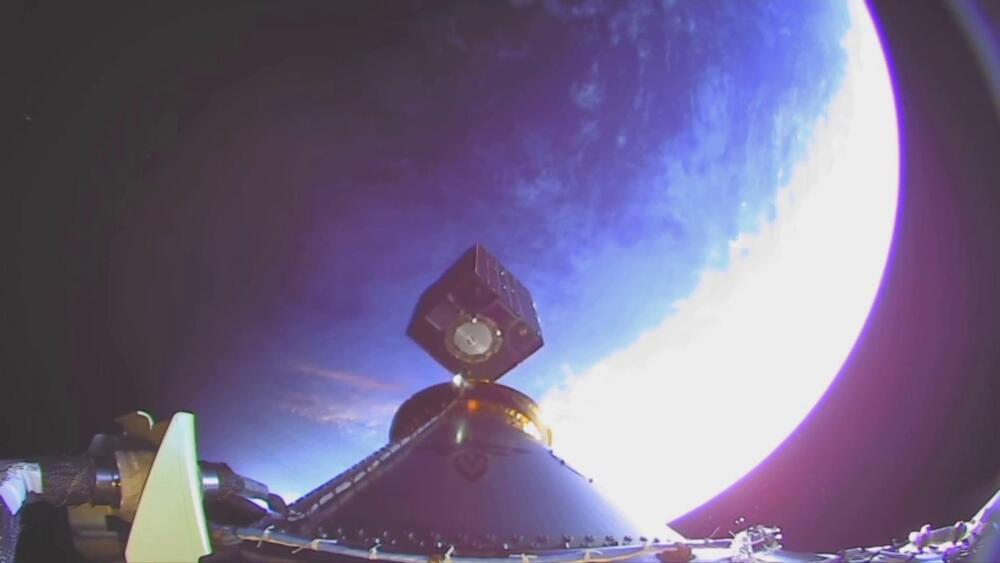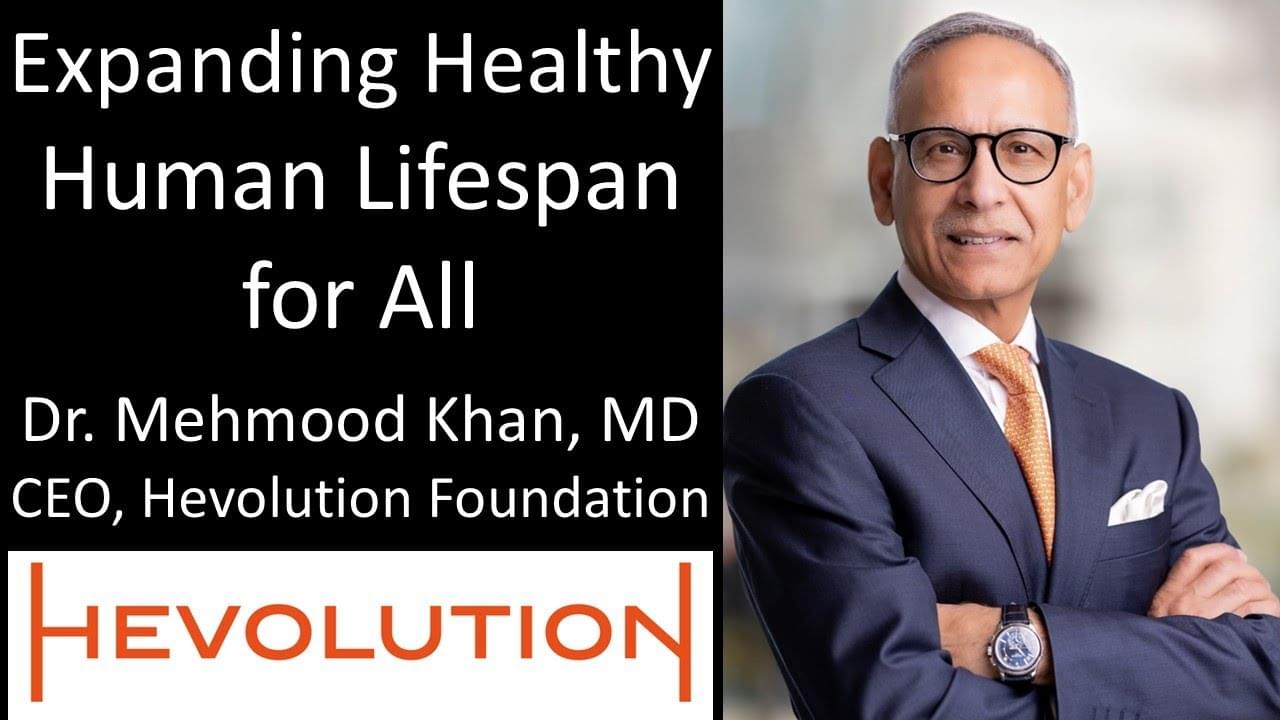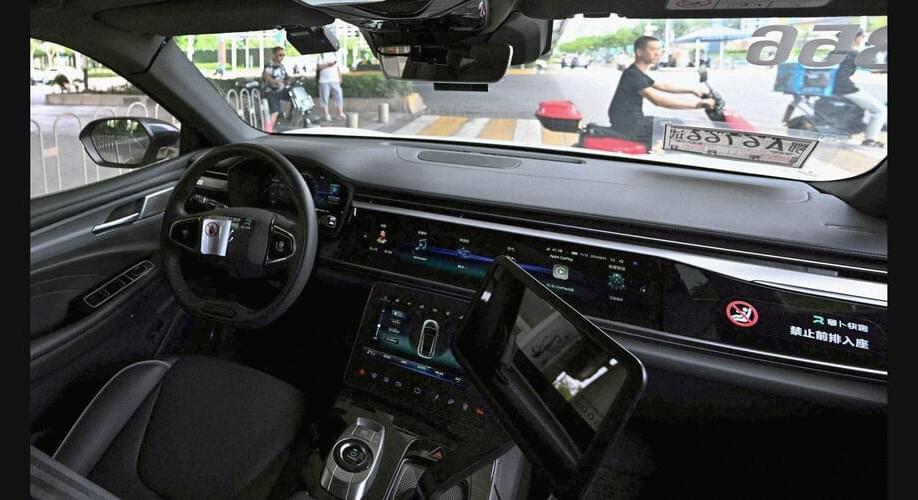Few drugs are available to treat heavy metals that enter the body, either from lead poisoning or nuclear fallout. A UC Berkeley startup hopes to change that.
Category: government – Page 7
By Chuck Brooks, Skytop Contributor / October 25, 2024
Chuck Brooks serves as President and Consultant of Brooks Consulting International. Chuck also serves as an Adjunct Professor at Georgetown University in the Cyber Risk Management Program, where he teaches graduate courses on risk management, homeland security, and cybersecurity.
Chuck has received numerous global accolades for his work and promotion of cybersecurity. Recently, he was named the top cybersecurity expert to follow on social media, and also as one top cybersecurity leaders for 2024. He has also been named “Cybersecurity Person of the Year” by Cyber Express, Cybersecurity Marketer of the Year, and a “Top 5 Tech Person to Follow” by LinkedIn” where he has 120,000 followers on his profile.
As a thought leader, blogger, and event speaker, he has briefed the G20 on energy cybersecurity, The US Embassy to the Holy See, and the Vatican on global cybersecurity cooperation. He has served on two National Academy of Science Advisory groups, including one on digitalizing the USAF, and another on securing BioTech. He has also addressed USTRANSCOM on cybersecurity and serves on an industry/government Working group for DHS CISA focused on security space systems.
Suspended in the relic of an ancient sea beneath southern Arkansas, there may be enough lithium for nine times the expected global demand for the element in car batteries in 2030.
\t\t\t\t\t\t\t\t\t\t\t.
A collaborative national and state government research team trained a machine learning model to predict and map the lithium concentrations of salty water deep within the porous limestone aquifer beneath southern Arkansas, known as the Smackover Formation brines.
How does social media influence safety messages during a natural disaster? This is what a recent study published in the International Journal of Disaster Risk Reduction hopes to address as a pair of researchers from the Stevens Institute of Technology investigated how the perspectives of natural disasters and the corresponding government responses could be impacted by false or irrelevant information being shared across a myriad of social media platforms, specifically X (Twitter) and Facebook. This study holds the potential to help scientists, governments, disaster relief efforts, and the public better understand the ramifications of social media messages and discussions on responding to natural disasters worldwide.
“It’s like being at a crowded party—if everyone’s arguing loudly about politics, it’s hard to make yourself heard over the noise,” said Dr. Jose Ramirez-Marquez, who is an associate professor in the Stevens School of Systems and Enterprises and the sole co-author on the study.
For the study, the researchers examined online discussions that occurred during four recent hurricanes: Harvey, Imelda, Laura, and Florence. The goal of the study was to ascertain online discussion patterns, and which posts and comments got the most attention as the crises unfolded. For example, the researchers found that dogs being trapped by flooding comprised 24 of the 50 most active discussions compared to 7 of those 50 being comprised of public safety. During Hurricane Florence, it was found that more than half of the 50 top discussions involved politics or animals, whereas 19 of the 50 discussed public safety.
RomCom cyber attacks target Ukraine with new SingleCamper RAT, aiming for espionage and ransomware.
Dr. Leonard Tender, Ph.D. — Biological Technologies Office, DARPA — Next Generation Biomanufacturing
Posted in biological, chemistry, climatology, engineering, government, policy, quantum physics | Leave a Comment on Dr. Leonard Tender, Ph.D. — Biological Technologies Office, DARPA — Next Generation Biomanufacturing
Next Generation Biomanufacturing Technologies — Dr. Leonard Tender, Ph.D. — Biological Technologies Office, Defense Advanced Research Projects Agency — DARPA
Dr. Leonard Tender, Ph.D. is a Program Manager in the Biological Technologies Office at DARPA (https://www.darpa.mil/staff/dr-leonar…) where his research interests include developing new methods for user-defined control of biological processes, and climate and supply chain resilience.
Prior to coming to DARPA, Dr. Tender was a principal investigator and led the Laboratory for Molecular Interfaces in the Center for Bio/Molecular Science and Engineering at the U.S. Naval Research Laboratory. There, among other accomplishments, he facilitated numerous international collaborations with key external stakeholders in academia, industry, and government and his highly interdisciplinary research team, comprised of electrochemists, microbiologists, and engineers, is widely recognized for its many contributions to the field of microbial electrochemistry.
True Anomaly Taps Firefly Aerospace to Launch Jackal Autonomous Orbital Vehicle for U.S. Space Force VICTUS HAZE Tactically Responsive Space Mission
Posted in government, robotics/AI, security, space | Leave a Comment on True Anomaly Taps Firefly Aerospace to Launch Jackal Autonomous Orbital Vehicle for U.S. Space Force VICTUS HAZE Tactically Responsive Space Mission
Ready to set another industry record!
New multi-launch agreement between Firefly Aerospace and True Anomaly includes three Alpha missions to provide rapid launch capabilities for Tactically Responsive Space mission sets
Cedar Park, Texas, October 17, 2024 – Firefly Aerospace, Inc., an end-to-end space transportation company, and space defense technology company True Anomaly, Inc., today announced a multi-launch agreement for three responsive launch missions aboard Firefly’s Alpha rocket. The first mission will deploy the True Anomaly Jackal Autonomous Orbital Vehicle (AOV) for the U.S. Space Force Space Systems Command’s VICTUS HAZE Tactically Responsive Space (TacRS) mission targeted for 2025. The two additional missions are available for execution between 2025 and 2027.
“VICTUS HAZE is an exemplar for how strong partnerships between the U.S. government and an exceptional industry team can create asymmetric capabilities at record speeds,” said Even Rogers, CEO of True Anomaly. “Firefly Aerospace has consistently demonstrated innovation and agility in the rapidly evolving landscape of responsive space launch logistics and space vehicle deployment. We are confident that they will build on their track record from VICTUS NOX, enabling True Anomaly to deploy the Jackal Autonomous Orbital Vehicle for VITCUS HAZE. The procurement of additional rapid, responsive launch capacity from Firefly beyond VICTUS HAZE, paired with True Anomaly’s rapid manufacturing capability will enable standing capacity for the U.S. National Security Space enterprise to rapidly respond to mission requirements in Low Earth Orbit and Medium Earth Orbit.”
Expanding Healthy Human Lifespan for All — Dr. Mehmood Khan, MD — CEO, Hevolution Foundation.
Dr. Mehmood Khan, MD is the Chief Executive Officer of Hevolution Foundation (https://www.hevolution.com/), a first of its kind non-profit organization that funds research through grants and provides investments in biotech to incentivize healthspan science across disciplines and borders for the benefit of all. Established by a Saudi Royal Decree, with its headquarters in Riyadh, with additional international hubs to support the expansion and execute the global mission, it’s vision is to expand healthy human lifespan for the benefit of all humanity.
Hevolution Foundation aims to be positioned as a global leader, catalyst, partner, and convener, to increase the number of scientists entering the field, to increase the investable opportunities in the field of aging, and to help shape the regulatory and government environment.
By Tom Vice Chief Executive Officer, Sierra Space.
While the exploration of deep space is critical to advancing our understanding of so many unanswered questions about the universe and our place in it, it is equally as critical that the United States government and private industry work together to lead the commercialization of Low-Earth Orbit (LEO), and capture the resulting massive new space economy.
As I wrote in The Washington Post previously, the most profound chapter in human history is the industrial revolution happening in LEO, just 250 miles above our heads. We are at a turning point for our civilization, pivoting from 60 years of space exploration to a new era of unprecedented economic activity, manufacturing and growth in space. This burgeoning epoch is called the Orbital Age®, and it will drive a new trillion-dollar industry.
With government support and backing from tech giants, robotaxis are rapidly integrating into daily life in China in a push to position autonomous vehicles at the forefront of urban innovation.
But this rapid rollout has not been without controversy.
